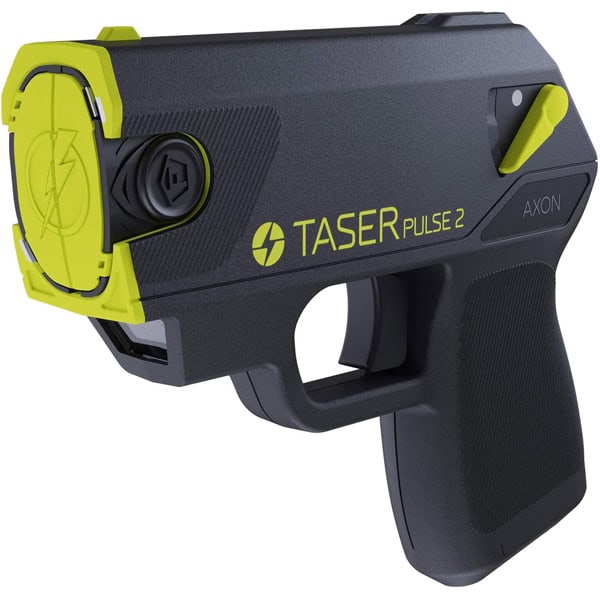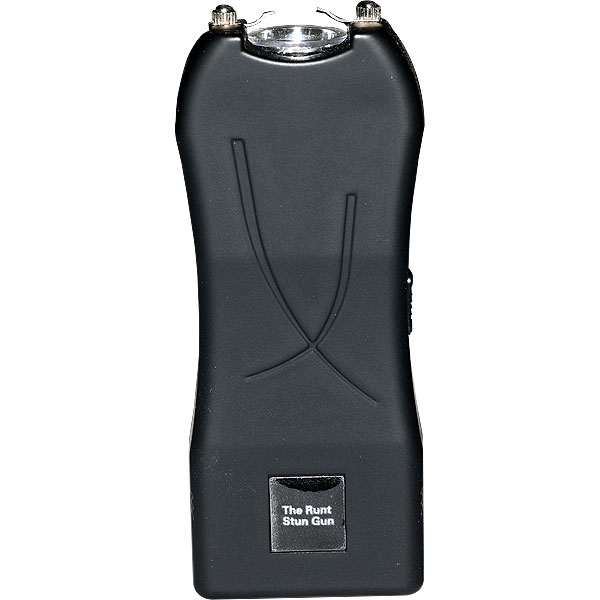Understanding the Difference Between a Taser and a Stun Gun
When it comes to personal safety devices, many people often confuse tasers and stun guns. Both are designed to incapacitate an attacker, but they operate in fundamentally different ways. In this blog, we’ll explore the key differences between tasers and stun guns, helping you make an informed choice if you’re considering one of these devices for self-defense.
What is a Taser?

A Taser is a brand of electroshock weapon that fires two small dart-like electrodes, which can deliver a high-voltage electric shock to an assailant from a distance. The device works by sending an electrical signal through the body, disrupting the nervous system’s ability to communicate with muscles. This results in temporary incapacitation, usually lasting around 5 to 30 seconds, giving you time to escape or seek help.
Key Features of Tasers:
- Range: Tasers can typically shoot electrodes up to 15 to 30 feet away, allowing you to incapacitate an attacker from a distance.
- Effectiveness: The electrical signal can penetrate clothing and is effective against individuals under the influence of drugs or alcohol.
- Aftermath: Tasers can leave the target disoriented and unable to move, but they do not cause permanent harm when used correctly.
- Rechargeable: Many tasers are rechargeable and come with a battery that can last for several uses.
What is a Stun Gun?

A stun gun, on the other hand, is a handheld device that delivers a high-voltage shock upon direct contact with the assailant. Unlike a taser, a stun gun does not shoot electrodes. Instead, you must press the stun gun against the person to deliver the shock, which disrupts the body’s electrical signals, causing muscle spasms and temporary incapacitation.
Key Features of Stun Guns:
- Close Combat: Stun guns require you to be in close proximity to the attacker, typically within a few feet.
- Immediate Effect: The shock is immediate upon contact, but it may not incapacitate an individual as effectively as a Taser at a distance.
- Portability: Stun guns are often smaller and more portable, making them easier to carry in a purse or pocket.
- Rechargeable Options: Many stun guns are also rechargeable, but battery life can vary significantly between models.
Key Differences Summarized
| Feature | Taser | Stun Gun |
|---|---|---|
| Range | 15 to 30 feet | Contact only |
| Method of Use | Fires electrodes | Direct contact |
| Effectiveness | Disrupts nervous system from a distance | Disrupts muscle function upon contact |
| Aftermath | Temporary incapacitation | Temporary muscle spasms |
| Portability | Bulkier, may require a holster | Compact, easily carried |
Conclusion
Both tasers and stun guns serve as effective self-defense tools, but their functionalities and applications differ significantly. A taser is better suited for situations where you can maintain distance from an attacker, while a stun gun may be more appropriate for close encounters. When choosing between the two, consider your personal comfort level, the environments you frequent, and how you envision using the device.
Regardless of your choice, remember that both tasers and stun guns should be used responsibly and in accordance with local laws and regulations. Personal safety is paramount, and understanding the tools available to you can make all the difference in a critical moment. Stay safe!
